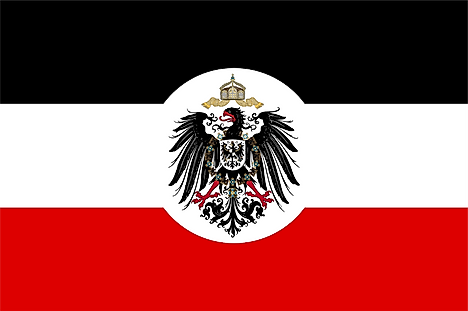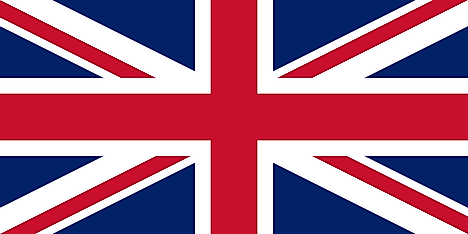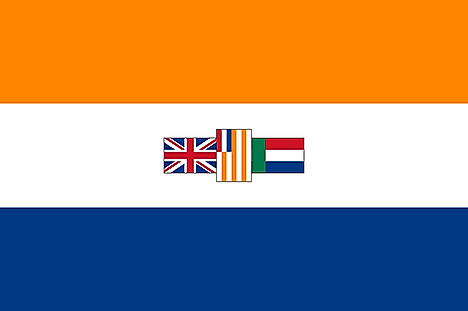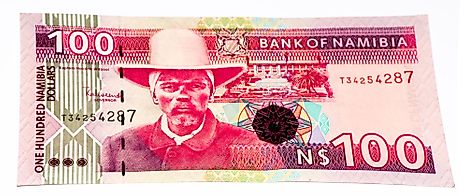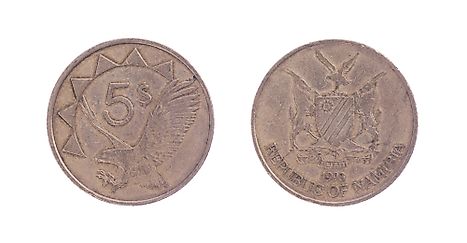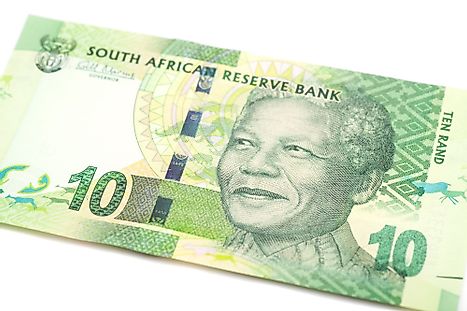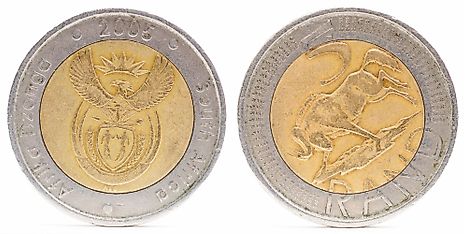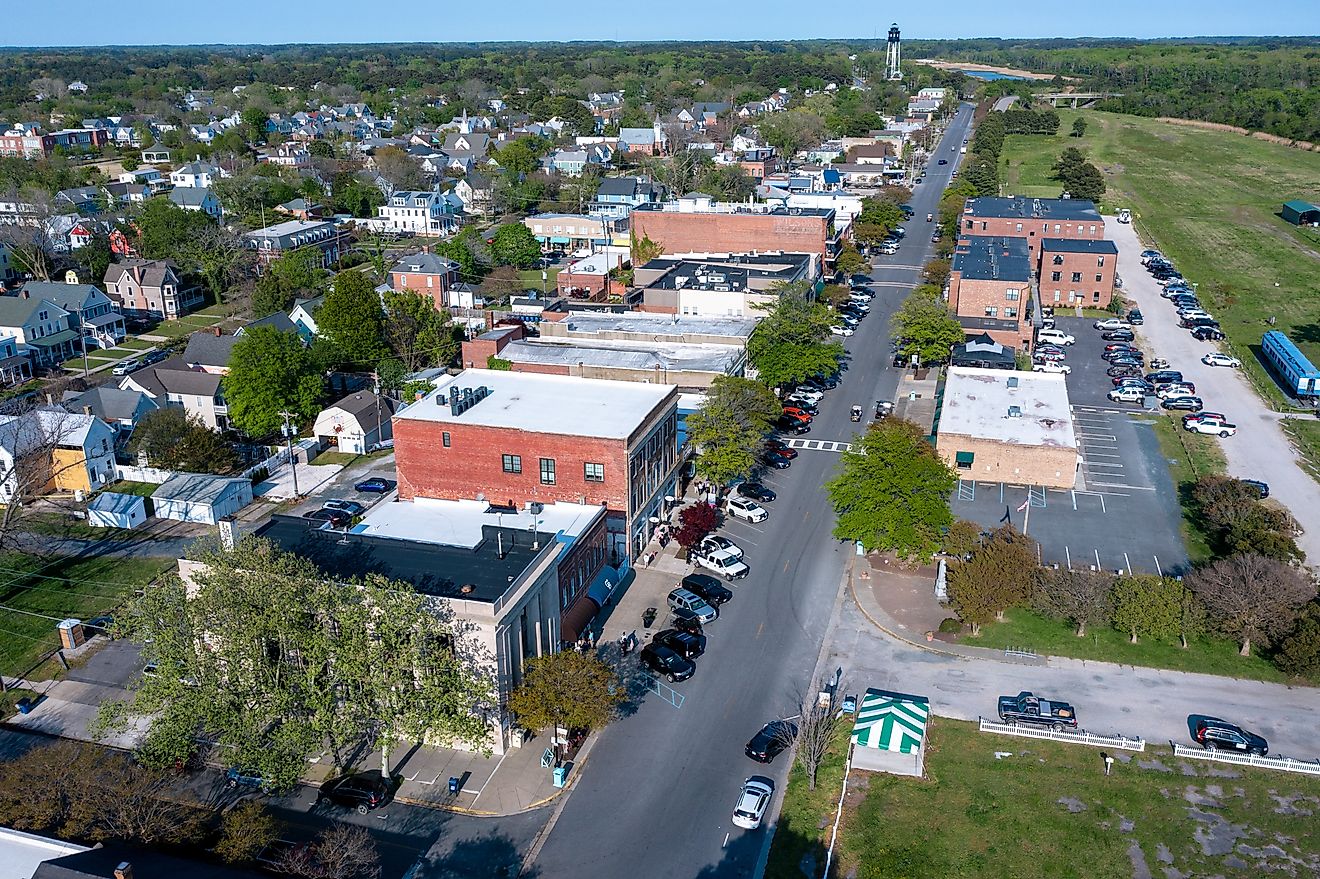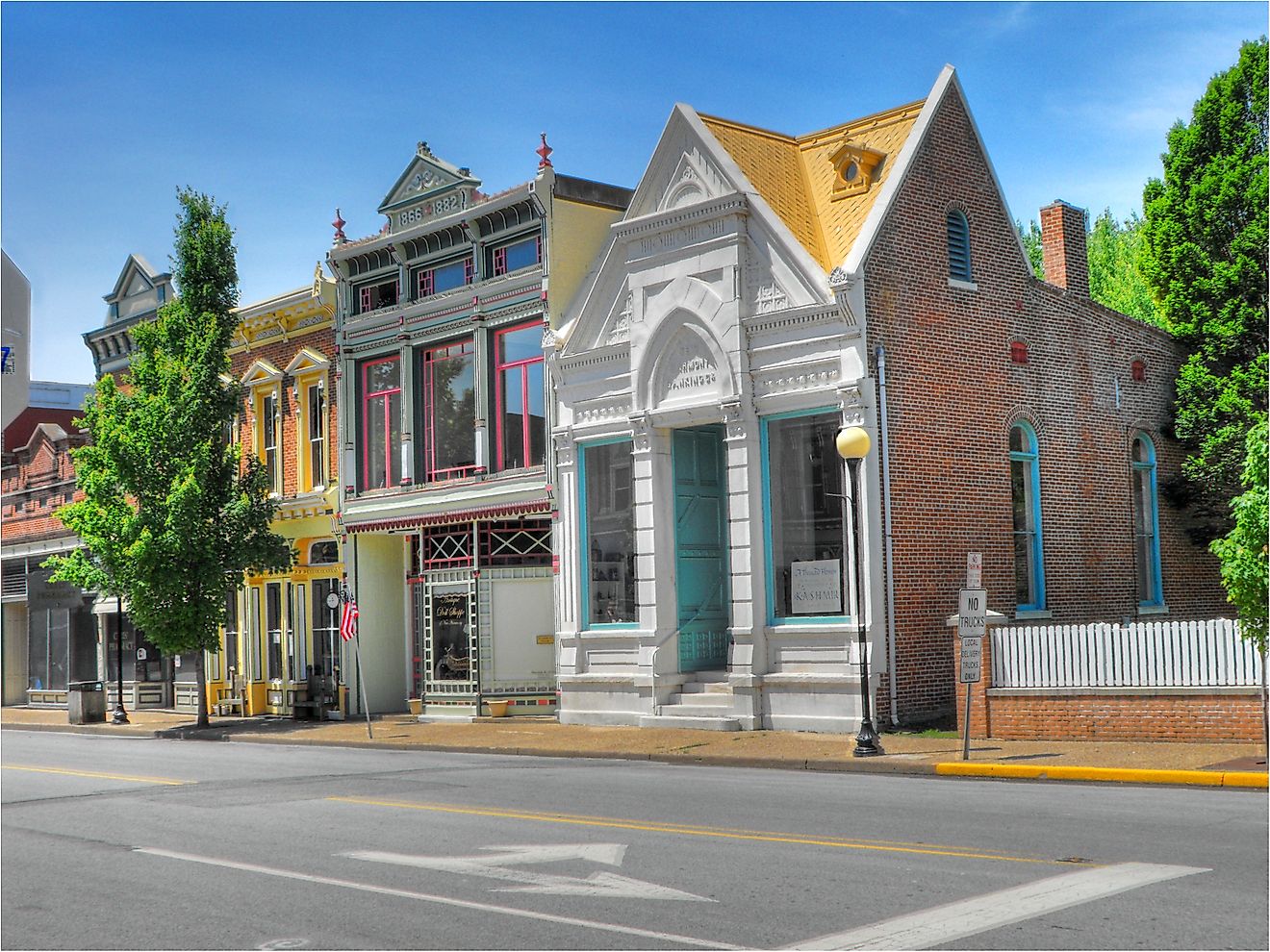Flags, Symbols, & Currencies of Namibia
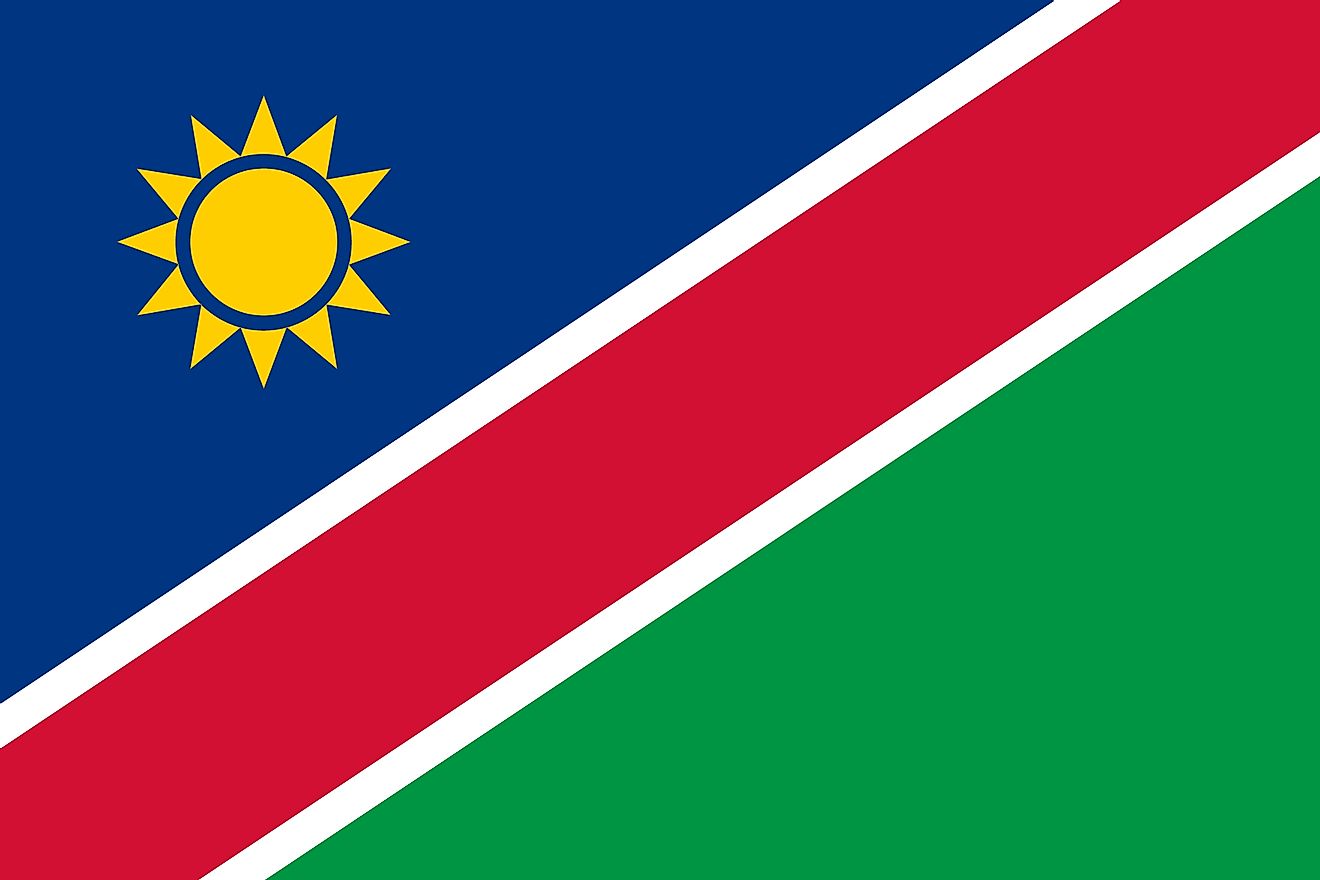
The Namibia flag was officially adopted in March 21, 1990, up on independence from South Africa. It resembles the flag of SWAPO Party of Namimbia, except that the party's flag consisted of blue, red, and green horizontal stripes. The flag of Namibia features two triangles that are separated by a diagonal band in the between them. The upper triangle is blue in color and the lower one is green. The diagonal band between them is red and is bordered by white. It runs from the lower hoist-side corner to the opposite corner of the flag. The upper triangle has a gold sun with 12 triangular rays radiating from all sides. The national flag has a height to length proportion of 1:2
The colors and symbols of the flag all have their own meanings. The blue color is a symbol of the sky and the ocean both of which play a vital role in the country’s well-being. The red color represents the people of the country, their courage and determination to achieve equal opportunity for all in the future. White in the flag symbolizes unity and peace. The country’s agricultural wealth and vegetation are represented by the green color.
History Of The National Flag Of Namibia
The design of the national flag was chosen by the National Symbols Sub-Committee of Namibia. 870 entries for the design of flag were carefully examined and six were short-listed. Finally, three designs were selected from the six chosen entries and were combined to form Namibia’s national flag. The winning designs were created by three Namibians - Don Stevenson, Ortrud Clay, and Theo Jankowski. Namibia’s Constituent Assembly adopted the final design of the flag on February 2, 1990. On March 9, 1990, the flag was unveiled and the three designers were publicly acknowledged by the flag selection committees chairperson.
Symbols of Namibia
National Coat of Arms of Namibia
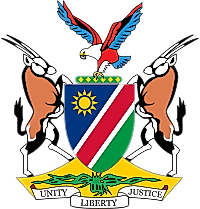
Namibia's coat of arms was introduced at independence in 1990 to replace the earlier coat of arms used by the South African administration. The arms consists of a shield displaying the national flag and supported on each sides by oryx. Above the shield is a green traditional head-ring charged with six lozenges. An African Fish Eagle flies above the shield. The shield rests on a Namib sand dune with Welwitschia on the foreground. The country motto: "Unity, Liberty, Justice," is displayed on a ribbon below.
National Anthem
- Anthem Title: Namibia, Land of the Brave
- Music composer and Lyricist: Axali Doëseb
- Date of Adoption: 1991
Namibia, Land of the Brave was written and set to melody by Axali Doeseb in 1991. Doëseb was a music group director, chosen to write the anthem after winning a contest to write the anthem held after independence. The anthem was officially adopted in December 1991. Prior to adopting the current anthem, Die Stem van Suid-Afrika (South Africa's anthem) was the official national anthem of Namibia. However, after independence from South Africa, Namibia adopted "Nkosi Sikelel' iAfrika" as its temporary anthem.
Namibia, Land of the Brave
Namibia, land of the brave
Freedom fight we have won
Glory to their bravery
Whose blood waters our freedom
We give our love and loyalty
Together in unity
Contrasting beautiful Namibia
Namibia our country
Beloved land of savannahs,
Hold high the banner of liberty
Chorus
Namibia our Country,
Namibia Motherland,
We love thee.
The Currency of Namibia is the Namibian dollar
The Namibian dollar is the official currency of Namibia and has been in use since the year 1993. It is mostly shortened with the dollar symbol $ or N$ to differentiate it with other currencies designated as the US dollar. Its smallest unit is 100 cents. The Namibia dollar code is NAD.
Coins
The first shipment of Namibian coins reached Walvis Bay on November 13, 1993, while the issuance to banks took place on December 8, 1993. The coins pictured Namibian flora and fauna on sides and the metal composition of the coins range from nickel bonded steel. The circulating denominations are: 5c, 10c, 50c, $1, $5, and $10, produced in the following years: 1993, 1996, 1998, 2000, 2002, 2008, 2009, 2010, 2012, and 2015.
Banknotes
Hendrik Witbooi, the Namaqua people’s chief, and a leading leader against German rule during the 20th century is portrayed on all banknotes of Namibia. However, a new series of notes were issued by the Bank of Namibia on March 21, 2012. These new notes will carry the similar denomination syntax as the current series. There is has been an improvement in anti-counterfeiting structures while retaining the image of Hendrik Witbooi for all the notes except 10 and 20 dollar that carry the picture of Sam Nujoma, the father and founder of Nation of Namibia. The circulating notes are $10, $20, $50, $100, and $200.
The N$10 and N$20 had the optically variable diamond-shaped ink patch that cracked on multiple manipulation and folding, leading to limited issuance by the Bank of Namibia. Later, the bank improved the quality and moved the positioning of the optically variable diamond-shaped ink feature of N$10 and N$20 banknotes.
History of Currencies of Namibia
The South African Rand was used when Namibia was under the rule of South African between 1920 and 1990. However, the South African Rand is still in use as it can be exchanged with the dollar locally. In the process to establish the Namibian currency to succeed the South African Rand, the name Kalahari was suggested in recognition of the Namibia’s Kalahari Desert. The Central Bank of Namibia was to be called the Namibia Reserve Bank. The plans did not materialize, although the bank produced symbolic notes in some denominations. On September 15, 1993, the Bank of Namibia first circulated the notes, and the first national coins arrived in December of the same year.
The newly established Bank of Namibia minted a specimen series of coins in marks and dollars to be presented to Ministry of Finance for contemplation. The ministry chose "dollar" in favor of "mark." The specimens series comprised of four types of coins: 1 dollar and one mark (in nickel/copper), 10 dollars and ten marks in silver. The face of the mark pieces bears a sitting lion while the dollar pieces carries a San (a man who reside in Bush) with arrow and bow.
